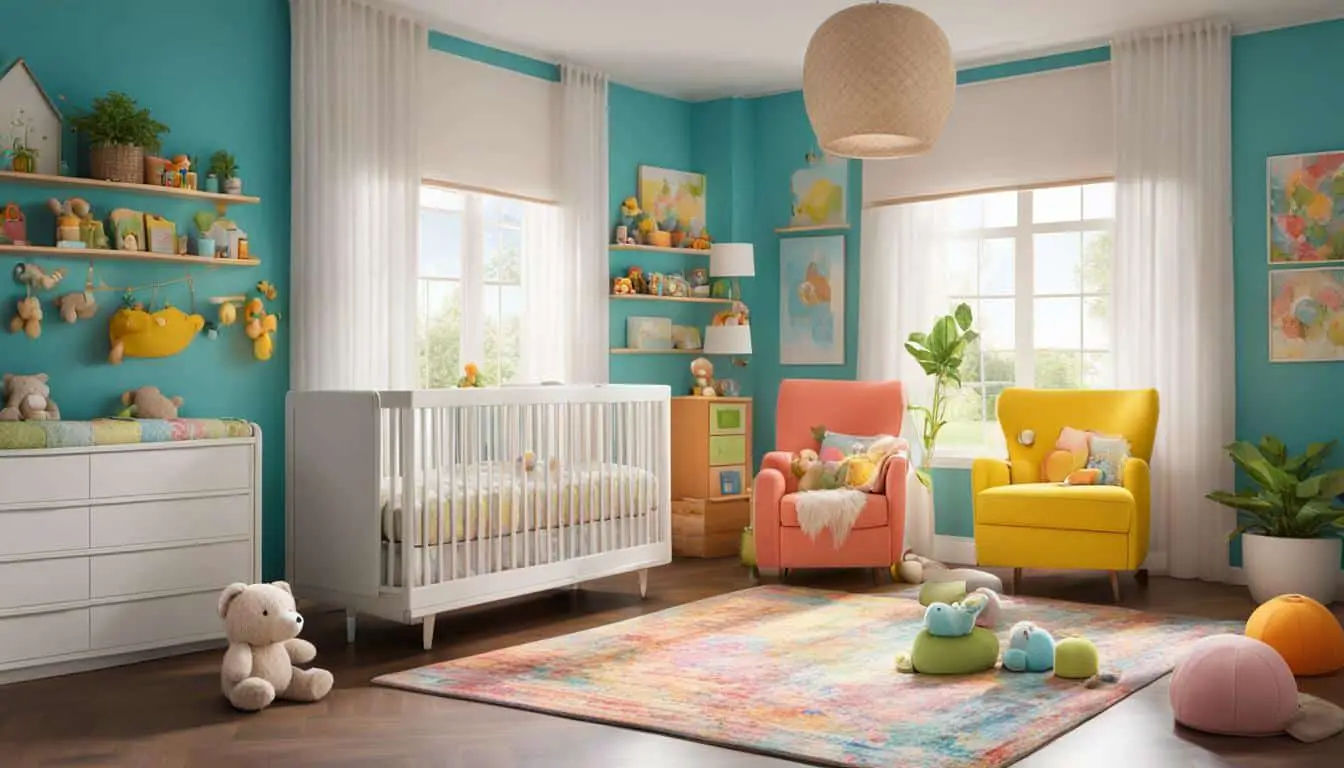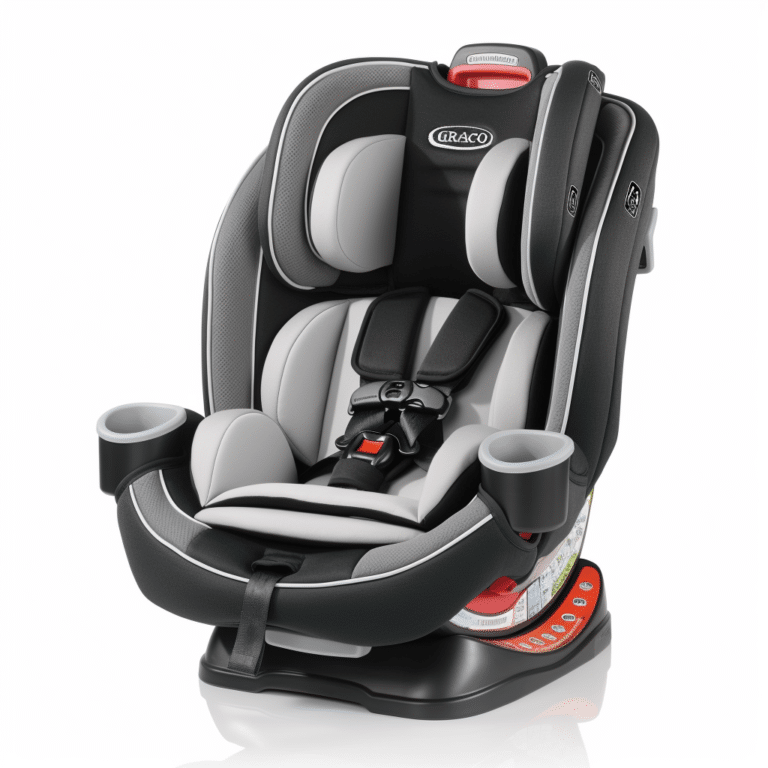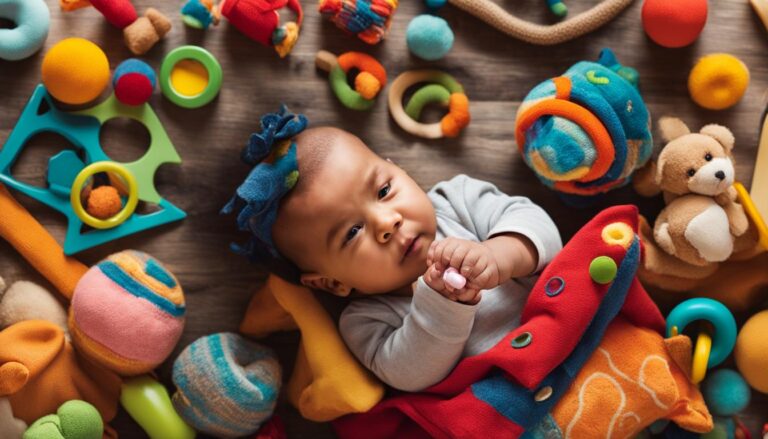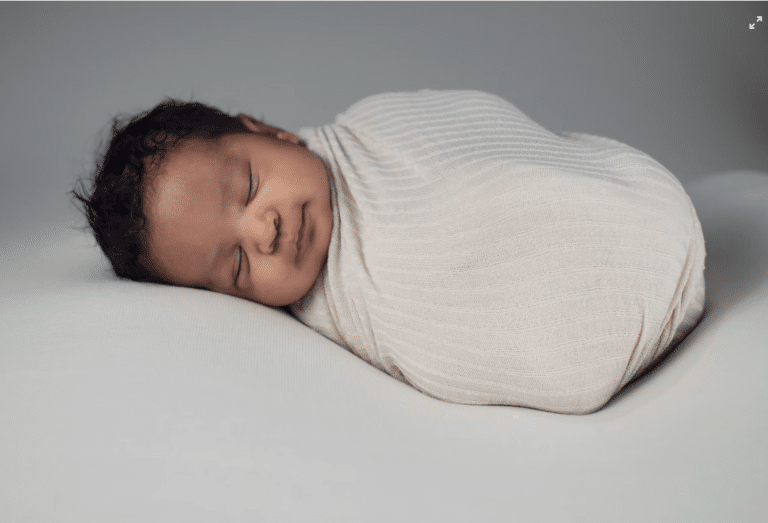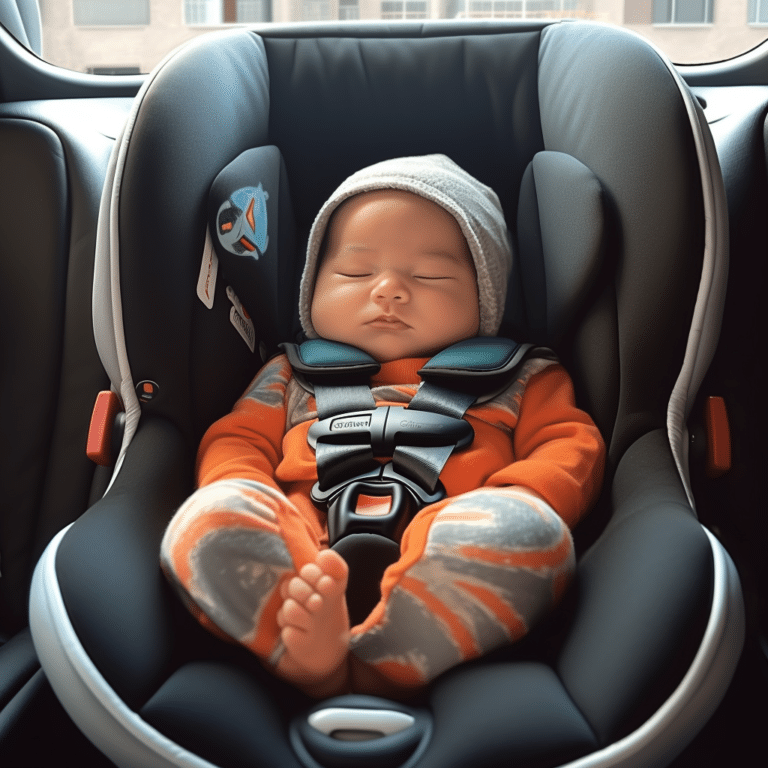Creating a Safe and Stimulating Environment for Your Baby
As a parent, ensuring the safety and well-being of your baby is of utmost importance. Creating a safe and stimulating environment for your little one is crucial for their development and overall health. By following these guidelines, you can provide a nurturing space that promotes their growth and ensures their safety.
When it comes to baby care, there are several factors to consider. From newborn health to parenting advice, every aspect plays a vital role in creating an ideal environment for your baby to thrive.
One crucial aspect is infant nutrition. Providing the right nourishment is essential for your baby’s growth and development. Understanding their specific nutritional needs and ensuring they receive a balanced diet is paramount.
Baby safety is another crucial component. From ensuring a hazard-free environment to implementing proper safety measures, it’s essential to protect your baby from potential dangers. Babyproofing your home, keeping harmful substances out of reach, and ensuring secure spaces for exploration are just a few steps you can take to create a safe environment.
Remember, parenting is a continuous learning process, and seeking guidance from trusted sources is invaluable. With the right parenting advice and knowledge about newborn health, you can provide the best possible care for your baby.
Key Takeaways:
- Create a safe and stimulating environment for your baby to promote their well-being and development.
- Pay attention to infant nutrition, ensuring they receive a balanced diet for optimal growth.
- Babyproof your home and implement proper safety measures to protect your little one from potential hazards.
- Seek parenting advice and stay informed about newborn health to provide the best care for your baby.
- Continuous learning and adapting to your baby’s needs are crucial for their overall well-being.
Ensuring a Safe and Healthy Environment for Your Baby
When it comes to your baby’s safety and health, attention to detail and careful planning are essential. As a parent, it’s important to be proactive and take the necessary steps to create a safe environment for your little one. By following expert recommendations and guidelines, you can ensure that your baby is protected from potential hazards and their overall well-being is prioritized.
One of the key aspects of creating a safe environment is conducting a thorough assessment of your surroundings. Consider using a checklist to identify any potential hazards that may pose a risk to your baby’s safety. This can include securing furniture to the walls, covering electrical outlets, and keeping small objects out of reach. Maintaining appropriate group sizes and child-to-adult ratios is also important, as it ensures that your baby receives the proper supervision and care they need.
Another crucial aspect to consider is creating spaces that support positive relationships and interactions. Designating areas for meals and providing comfortable seating for interactions can create a welcoming and nurturing environment for both you and your baby. It’s also vital to maintain open communication with your baby’s caregiver, as they can provide valuable insights and ensure that their care aligns with your safety and health goals.
Beyond physical safety, it’s essential to pay attention to your baby’s overall health. Breastfeeding is highly recommended due to its numerous health benefits for both mother and baby. Consult with a pediatrician to ensure that your baby is receiving the appropriate nutrition and to address any concerns or questions you may have. Additionally, establishing healthy sleep habits is crucial for your baby’s development, so it’s important to create a safe sleep environment that promotes good sleep hygiene.
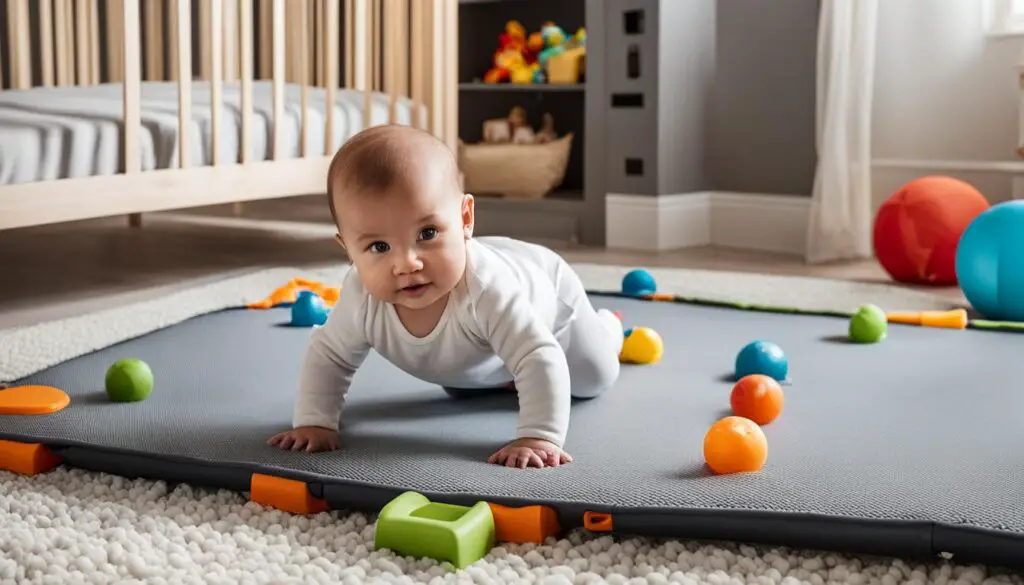
Table: Essential Safety Measures for Your Baby
| Safety Measures | Description |
|---|---|
| Childproofing | Secure furniture, cover electrical outlets, and keep small objects out of reach. |
| Supervision | Maintain appropriate group sizes and child-to-adult ratios to ensure adequate supervision. |
| Positive Spaces | Create areas that support positive relationships and interactions, such as designated meal areas and comfortable seating. |
| Communication | Maintain open communication with your baby’s caregiver to align care goals and address any concerns. |
| Breastfeeding | Consult with a pediatrician to ensure proper nutrition and address any concerns related to breastfeeding. |
| Sleep Safety | Create a safe sleep environment that promotes healthy sleep habits and hygiene. |
By implementing these safety measures and prioritizing your baby’s overall health, you can create an environment that promotes their well-being and development. Remember, ensuring a safe and healthy environment for your baby is an ongoing process that requires continuous assessment and adjustment as they grow and explore their surroundings.
Conclusion: A Safe and Stimulating Environment for Your Baby
As a parent, creating a safe and stimulating environment for your baby is of utmost importance. By following the expert advice and recommendations provided in this article, you can ensure that your little one’s surroundings are conducive to their well-being and development.
Remember, parenting advice and newborn health go hand in hand when it comes to creating the perfect environment for your baby. Regular assessments of your surroundings can help you identify and eliminate potential hazards that may pose a threat to your little one’s safety.
Feeding techniques also play a crucial role in providing a secure and stimulating environment. It’s important to stay informed about the latest recommendations and guidelines when it comes to nutrition and feeding practices for your newborn.
By incorporating these suggestions into your daily routine, you can foster a nurturing environment that allows your baby to thrive and grow. From maintaining a hazard-free space to implementing proper feeding techniques, every step you take contributes to your baby’s overall well-being and happiness.
FAQ
How can I create a safe and stimulating environment for my baby?
Creating a safe and stimulating environment for your baby involves ensuring there are safe objects to explore, allowing freedom of movement, providing a variety of experiences, organizing materials, making containers accessible, providing safe access to windows and mirrors, varying floor surfaces, and designing safe spaces for crawling. It also involves providing developmentally appropriate toys and understanding your baby’s cues.
What steps can I take to ensure the safety of my baby’s environment?
To ensure the safety of your baby’s environment, it is important to use a checklist to assess hazards, maintain appropriate group sizes and child-to-adult ratios, follow smoke alarm and carbon monoxide detector guidelines, design spaces that support positive relationships, provide comfortable seating for interactions, designate areas for meals, communicate openly with families, create a welcoming environment, prevent drowning, keep hot foods and liquids out of reach, and prepare for emergencies.
How can I incorporate the suggestions for a safe and stimulating environment for my baby?
To incorporate the suggestions for a safe and stimulating environment, regularly assess your environment for potential hazards, communicate with your baby’s caregiver, stay informed about safety guidelines and regulations, and create a space that encourages your baby’s development and ensures their safety.
Source Links
- https://www.brightfutures.org/mentalhealth/pdf/families/in/environments.pdf
- https://childcareta.acf.hhs.gov/infant-toddler-resource-guide/infanttoddler-care-providers/nurturing-environments/preparing
- https://eclkc.ohs.acf.hhs.gov/safety-practices/article/tips-keeping-infants-toddlers-safe-developmental-guide-home-visitors-young-infants
